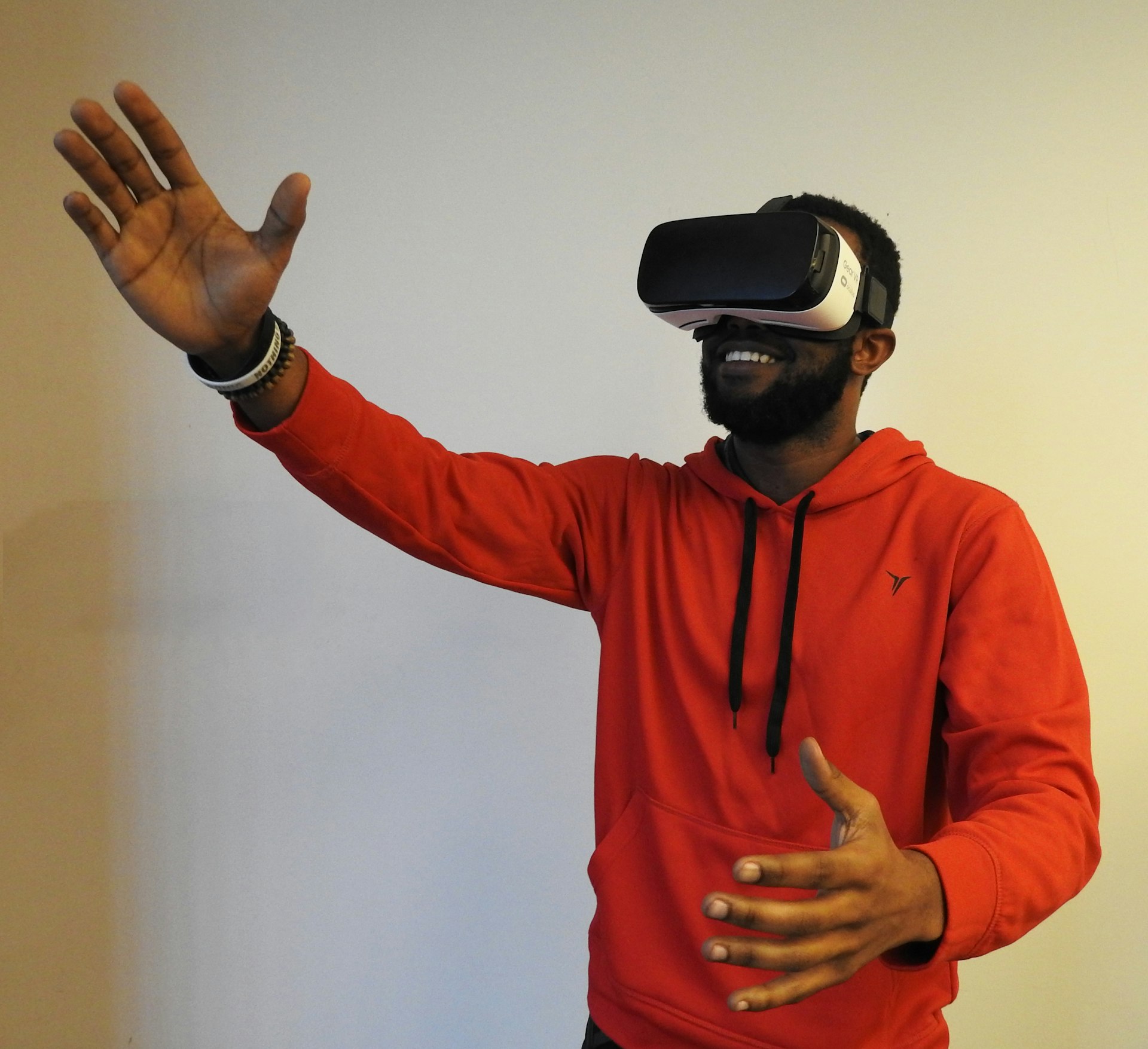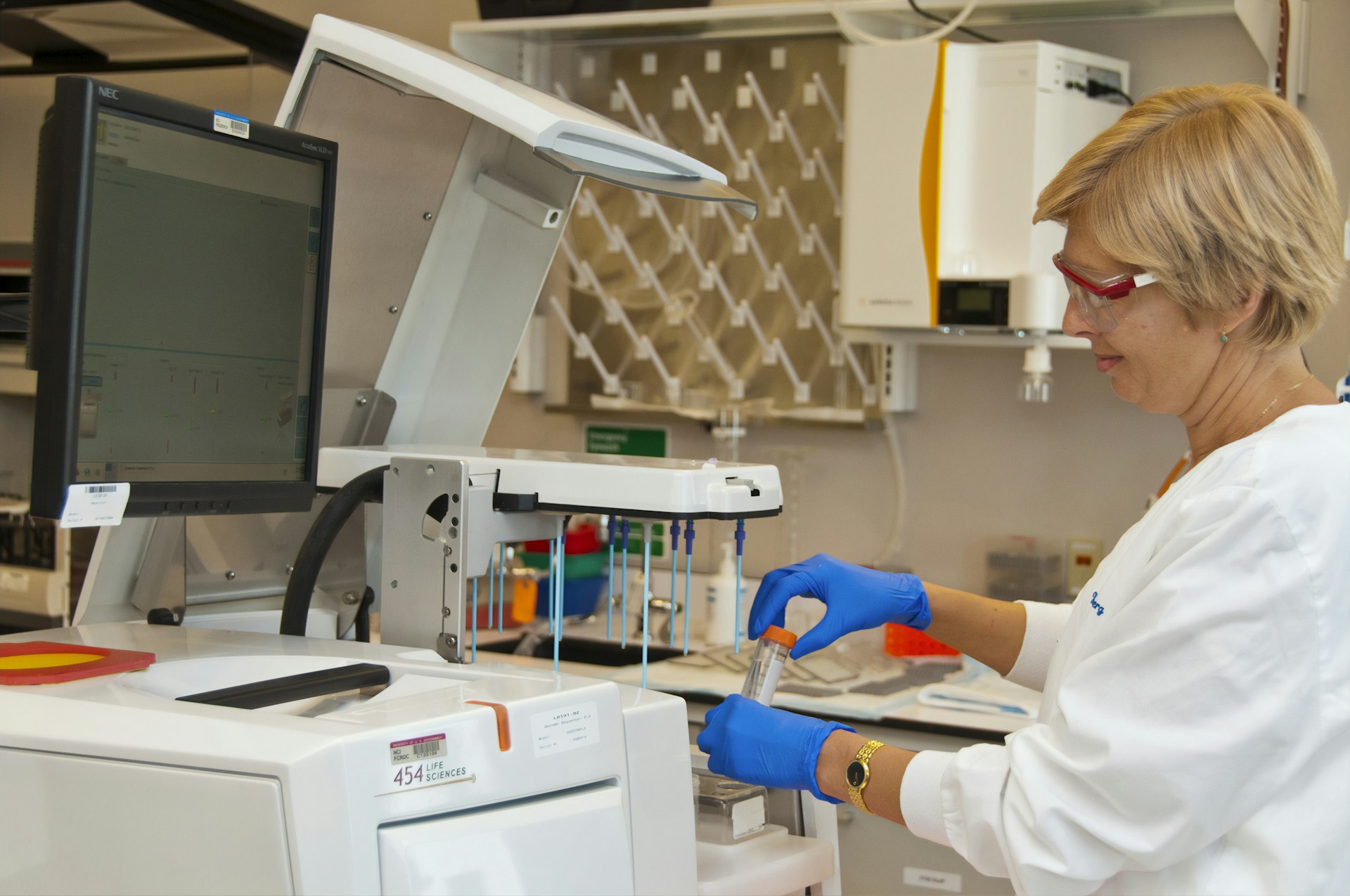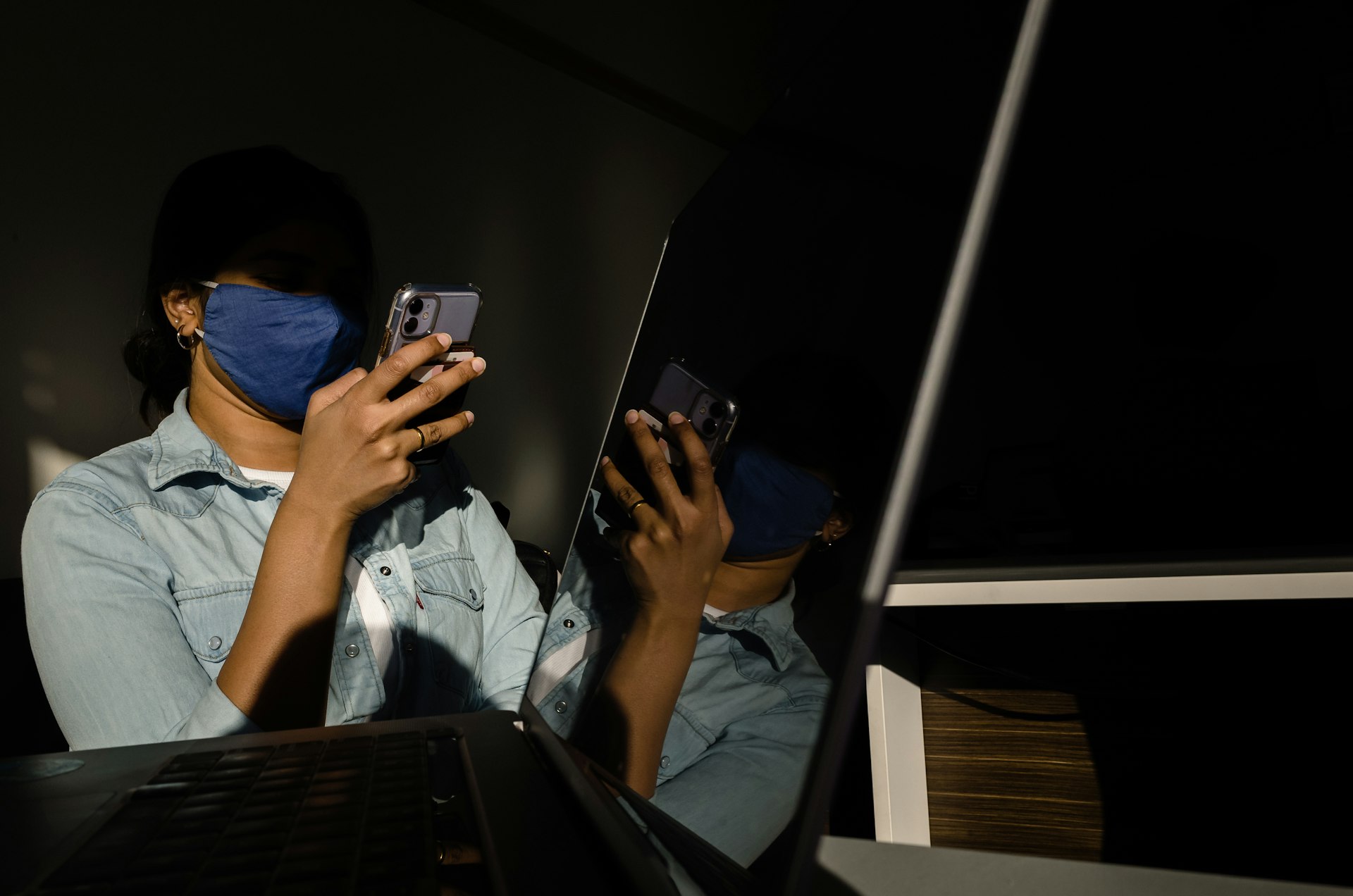Unlocking the Future: How 3D Printing Is Reshaping Healthcare in 2025 and Beyond

Photo by ZMorph All-in-One 3D Printers on Unsplash
The New Frontier: 3D Printing’s Expanding Role in Healthcare
Healthcare is undergoing a dramatic transformation in 2025, propelled by 3D printing technologies that are rewriting the rules of medical device manufacturing, surgical planning, and patient care. Driven by the convergence of artificial intelligence (AI), advanced materials, and bioprinting, today’s innovations are rapidly changing what’s possible for both providers and patients [1] . From custom implants and prosthetics to the potential of printing living tissues, 3D printing is creating new opportunities for improved outcomes, faster procedures, and reduced costs.
Personalized Medical Devices: Implants, Prosthetics, and Surgical Tools
One of the most significant promises of 3D printing in healthcare is its ability to produce patient-specific devices . Unlike traditional manufacturing, which typically relies on standard sizes, additive manufacturing enables the creation of implants and prosthetics that match a patient’s unique anatomical characteristics. This leads to better fit, improved comfort, and enhanced long-term results [5] . In orthopedics, 3D-printed titanium implants with porous structures are now used to promote bone integration and stability, reducing chances of implant loosening.
For prosthetics, custom-fit devices can be designed and manufactured rapidly, meaning patients experience shorter wait times and receive solutions tailored to their needs. This is particularly impactful for children, whose bodies grow quickly, requiring frequent adjustments. Many healthcare providers now offer on-site 3D printing labs-such as the Helen and Will Webster Foundation 3D Innovations Lab at Rady Children’s Hospital-where clinicians prototype and test-fit prosthetics before final production [4] .
Bioprinting: The Promise and Progress of Engineered Tissues and Organs
The future of healthcare may rest on the ability to print living tissues. Bioprinting uses bio-inks made from living cells to fabricate skin, cartilage, and even vascular structures. While full organ printing remains a research frontier, clinical trials are advancing for tissue grafts and regenerative medicine applications [3] . In 2025, AI-powered bioprinting facilities are experimenting with creating highly durable vascular tissues, with graft success rates improving by as much as 35% compared to conventional methods [1] .
For patients with chronic conditions or injuries requiring tissue repair, hospitals and research centers may offer access to experimental bioprinting therapies. To explore eligibility, you can contact major medical research hospitals, inquire through their regenerative medicine departments, and request information about ongoing clinical trials. Search for research programs at established institutions such as Mayo Clinic or Johns Hopkins, and ask specifically for “bioprinting clinical trial participation.” Many centers provide informational sessions for prospective candidates.
AI Integration: Accelerating Precision and Efficiency
The integration of artificial intelligence into 3D printing workflows is revolutionizing the speed and accuracy of device production. In dental care, AI-assisted design is streamlining the creation of crowns, aligners, and bridges, resulting in faster turnaround and lower costs. The dental 3D printing market surpassed $3 billion in 2023 and is growing at over 20% annually, reflecting widespread adoption and confidence in these technologies [1] .
For healthcare providers seeking to implement AI-driven 3D printing solutions, the process typically involves partnering with specialized vendors or service providers. You may begin by attending industry conferences, reaching out to established dental labs, or exploring technology partnerships through professional associations such as the American Dental Association. Look for vendors with proven track records and ask for product demonstrations, training options, and case studies.
Surgical Planning and Simulation
Surgeons are using 3D-printed anatomical models for preoperative planning, allowing for a hands-on understanding of complex cases before entering the operating room [4] . Cardiac surgeons, for example, print physical models of patients’ hearts to anticipate challenges and optimize surgical approaches. These models facilitate more precise procedures, reduce surgical time, and minimize intraoperative surprises.
To access these services, patients and providers can inquire with major hospitals about on-site 3D printing labs. If unavailable locally, ask your healthcare provider about partnerships with regional medical device firms or universities. Many facilities offer consultation services for surgical modeling and may provide referrals for complex cases.
Challenges and Solutions: Navigating Regulatory, Cost, and Adoption Barriers
Despite rapid advances, the integration of 3D printing into mainstream healthcare is not without obstacles. Regulatory approval for new devices and materials can be time-consuming, and reimbursement policies often lag behind technological innovation. Upfront costs for high-end printers and specialized training may pose barriers for smaller practices.
To overcome these challenges, healthcare organizations can:
- Collaborate with academic research institutions to share resources and expertise.
- Seek grants or innovation funding for technology acquisition and staff training.
- Monitor regulatory changes through the U.S. Food and Drug Administration (FDA) and participate in pilot programs or advisory panels.
- Leverage open-source software for device modeling when budgets are limited.
It is advisable to regularly consult the FDA’s official website for updates on approved 3D-printed medical devices and guidance documents. For funding opportunities, explore options through the National Institutes of Health (NIH) and check eligibility for grants targeting technology adoption in healthcare.
How to Get Started: Pathways for Providers, Patients, and Innovators
If you are a healthcare provider interested in adopting 3D printing technologies, begin by:
- Assessing patient needs for customized devices or surgical planning.
- Connecting with established device manufacturers or research labs.
- Exploring professional training programs in additive manufacturing.
- Reviewing case studies and peer-reviewed research to identify best practices.
Patients seeking personalized medical solutions should:

Photo by Xiaole Tao on Unsplash
- Discuss options for 3D-printed devices with their healthcare team.
- Request referrals to hospitals or clinics with on-site 3D printing capabilities.
- Inquire about insurance coverage for custom prosthetics or implants.
Innovators and startups can explore opportunities by:
- Partnering with hospitals to pilot new devices or workflows.
- Participating in industry conferences and innovation challenges.
- Engaging with regulatory agencies early in the development process.
Future Outlook: What Lies Ahead in 3D Printing for Healthcare
The next decade promises even greater integration of 3D printing in healthcare, with ongoing research into bioprinting full organs, expanding the range of printable materials, and refining AI-driven design and manufacturing. As regulatory frameworks adapt and costs decrease, these technologies will become increasingly accessible to hospitals, clinics, and patients worldwide.
To keep abreast of the latest trends, subscribe to medical technology journals, attend webinars hosted by organizations like the Medical Device Manufacturers Association (MDMA), and search for “3D printing in healthcare” news through reputable outlets such as Nature, Science, or the New England Journal of Medicine.
References
- [1] Jaycon (2025). Medical Miracles: How 3D Printing Innovations Are Transforming Healthcare in 2025.
- [2] Medical Technology (2025). Game-changing 3D printing manufacturing trends for 2025.
- [3] School Poster Printers (2025). 3D Printing in 2025: Technology, Applications, and Future Trends.
- [4] AMN Healthcare (2025). 3D Printing in Healthcare: Benefits & Future Applications.
- [5] PMC (2025). Innovative 3D printing technologies and advanced materials in orthopedics.
MORE FROM cheerdeal.com













